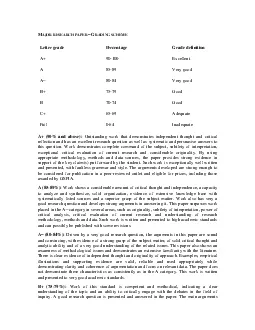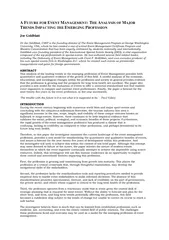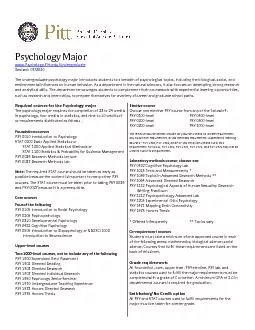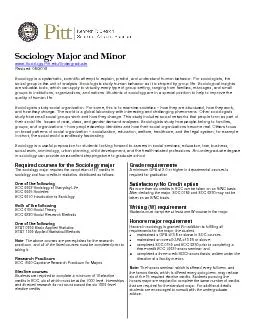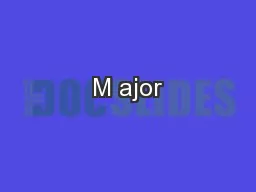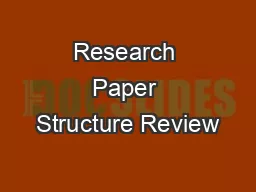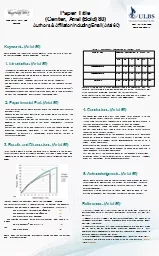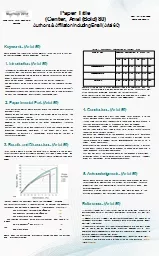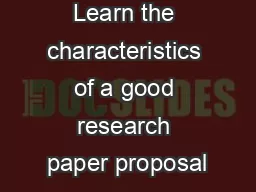PDF-AJOR RESEARCH PAPER
Author : edolie | Published Date : 2021-09-27
MGRADING SCHEMELetter grade Percentage Grade definition A 90100 Excellent A 8589 Very goodA8084 Very goodB 7579 GoodB 7074 GoodC 6569 Adequate Fail 064 Inadequate
Presentation Embed Code
Download Presentation
Download Presentation The PPT/PDF document "AJOR RESEARCH PAPER" is the property of its rightful owner. Permission is granted to download and print the materials on this website for personal, non-commercial use only, and to display it on your personal computer provided you do not modify the materials and that you retain all copyright notices contained in the materials. By downloading content from our website, you accept the terms of this agreement.
AJOR RESEARCH PAPER: Transcript
Download Rules Of Document
"AJOR RESEARCH PAPER"The content belongs to its owner. You may download and print it for personal use, without modification, and keep all copyright notices. By downloading, you agree to these terms.
Related Documents

